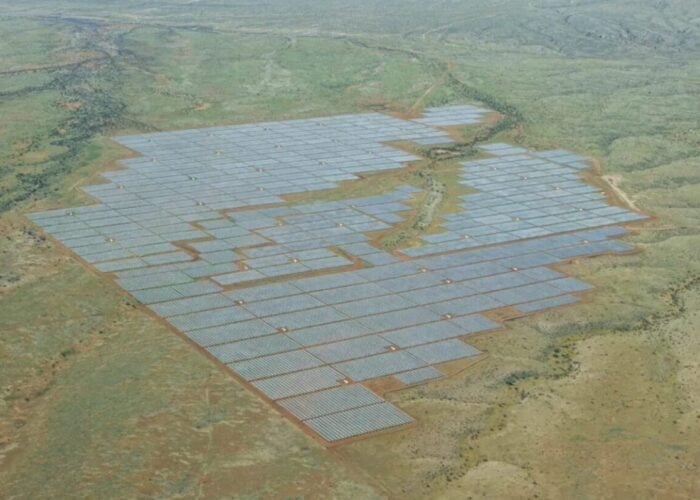The Solar Impulse 2 aircraft successfully completed a test flight in Abu Dhabi yesterday ahead of its attempt at circumnavigating the globe.
The test flight was conducted by test pilot Markus Scherdel for four hours, and later, Andre Borschberg, Solar Impulse co-founder, chief executive and pilot, for a full day.
Unlock unlimited access for 12 whole months of distinctive global analysis
Photovoltaics International is now included.
- Regular insight and analysis of the industry’s biggest developments
- In-depth interviews with the industry’s leading figures
- Unlimited digital access to the PV Tech Power journal catalogue
- Unlimited digital access to the Photovoltaics International journal catalogue
- Access to more than 1,000 technical papers
- Discounts on Solar Media’s portfolio of events, in-person and virtual
“I am elated to report that the plane’s performance is on par with our initial simulations,” said Borschberg.
The solar-powered airplane is set to depart for a round-the-world flight in March. The trip, which should last 25 flight days over five months and 12 stops, is considered revolutionary. The stops include Muscat, Oman, Ahmedabad and Varnasi, India, Mandalay, Myanmar, Chonqing and Nanjing, China, Phoneix and New York, USA (and a possible stop in the Midwest depending on weather), and finally, Southern Europe or Northern Africa before returning to Abu Dhabi. The craft will be travelling at speeds between 50 and 100 kilometres per hour.
The Solar Impulse 2 team will continue to hold test flights in the time leading up to the solar-powered journey.
The round-the-world trip is to be piloted by both Borschberg, and co-founder, chairman and pilot Bretrand Piccard. Both with take turns operating the one-seater flight on the journey that will originate in Abu Dhabi.
According to Borschberg, “Si2 incorporates innovative technology to render the aircraft more efficient, reliable, sustainable and in particular, better adapted to long-haul flights.”
The plane is powered by over 17,200 solar cells laid across the wingspan, which then provide electric power to four 17.5hp engines driving propellers.
The exact start date of the trip will depend on the weather.






